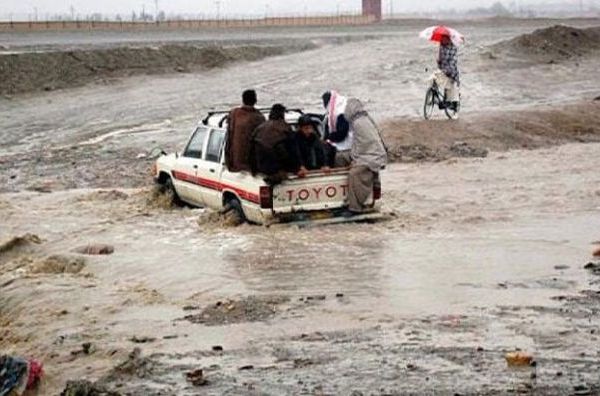Growth of Islamic Finance
Islamic finance is developing at a remarkable pace and the number of Islamic financial institutions has raised from one to 300 in 75+ countries. Total assets are estimated to exceed $250 billion at a growth of 15% a year. Islamic financial institutions provide broad range of financial services like:
- Fund mobilization
- Assets allocation
- Payment and exchange settlement services
- Risk transformation and mitigation
The reasons behind growth in Islamic finance are:
- Strong demand for sharia compliant services and transactions
- Growing oil wealth
- Investors attraction towards competitiveness of many of the products
What is Islamic Financing?
Islamic laws encourage all parties in a financial transaction to share the risk and profit or loss. Islamic financial instruments take form of contracts between providers and users of funds to manage risks.On the assets side, it engages in investment and trading activities as shown.

On the deposits side, funds are mobilized on the basis of Modaraba Contract & Interest Free Loan Contract. Islamic bank offer their depositors four classes of accounts:
- Current account
- Saving account
- Investment account
- Special purpose investment account
Recent Trends:
The coverage and extent of Islamic banking vary from situation where the sector is:
- Entirely Islamic
- Conventional and Islamic banking coexist
- Contains one or two Islamic banks
Current trend is separation between Islamic and conventional banks but some countries have opted conventional bank to set up Islamic windows.On the equity side, two indices were launched in 1999 as:
- Dow Jones Islamic Market DJIM
- Global Islamic Index Series GIIS
In recent years, Islamic investment funds have prospered in GULF Countries and Malaysia. Different categories are:
- Equity funds
- Real estate and property funds
- Murabaha funds
- Commodity funds
- Leasing funds
- Islamic equity funds
Total assets grew more than 25% over the 1997-2003. In Malaysia, number of Islamic investment funds reached 71 in 2004 up from 7 in 1995.

Developing Money Markets:
In countries with a dual banking, lack of interest free securities has lessened the scope of monetary management. Progress in liquidity management calls for adopting a detailed, integrated approach to developing money and securities markets. It would also require establishing an:
- Efficient lender of last resort facility
- Developing well-suited interbank instruments for active trading or monetary operations
- Actively utilizing securitization techniques to manage the maturity
- Risk spectrum of assets and liabilities
- Making available risk management
- Hedging instruments
Regulating and Supervising Islamic Finance:
The biggest challenge is developing a framework for governing, supervising and regulating Islamic banks. For this, there is no common approach. The related two views are:
- Subject to a regime of central banks that is entirely different from conventional banks
- Recognize the uniqueness of Islamic banks under the same central bank as conventional banks
Late 1990s, Islamic banking world has started efforts for supervision and regulation. IDB is developing standards and procedures. To set sharia compliant standards, several institutions are working like:
- Accounting and Auditing Organization for Islamic Financial Institutions (AAOIFI)
- The Islamic Finance Service Board (IFSB)
- The International Islamic Financial Market
- The Liquidity Management Center
- The International Islamic Rating Agency
Islamic banks do not separate fund management and investment activities from commercial banking. From a supervisory view, Islamic banks are often compared with universal banks and mutual funds, which may cause technical difficulties for regulators and supervisors.
Additional Hurdles:
Two other big hurdles are:
- Data Collection: No data are available on cross border Islamic banking, transaction and investment
- Capital Markets: Islamic financial market is shallow and still nascent.
In Short,Resolving these issues and adopting best practices for supervision and accounting, are critical. For the foreseeable future, supervisory authorities will continue to face the dual challenges of understanding the industry and striking a balance between providing effective supervision and facilitating the industry’s legitimate aspirations for growth and development.These issues can be overcome if the central banks and institutions enhance their multilateral cooperation and create the appropriate environment and conditions. These conditions would create a level and provide the infrastructure needed for the industry. A sound Islamic financial system can pave the way for the regional financial integration of the country. It can also contribute to economic and social development by financing the economic infrastructure and creating job opportunities.
The writer is a Business Administration Student (Finance) in University of Agriculture, Faisalabad, Pakistan.







